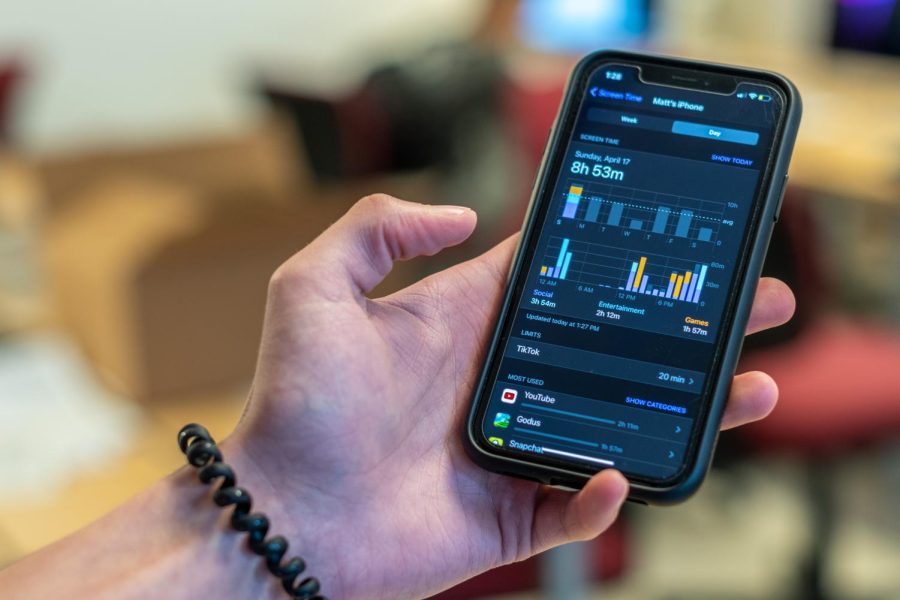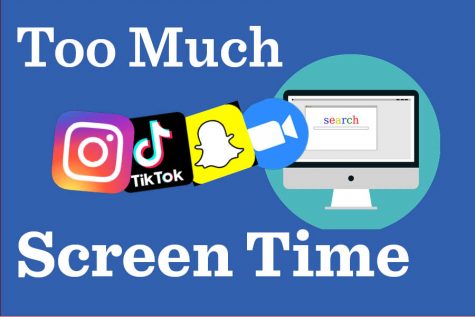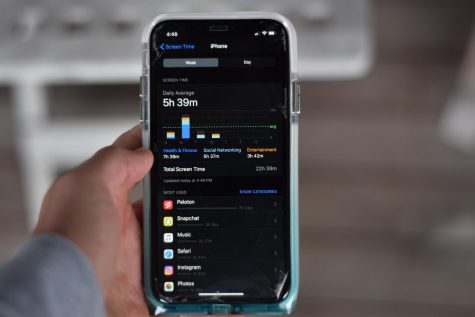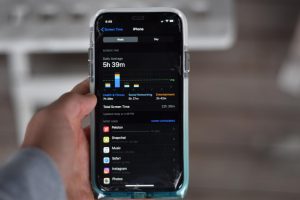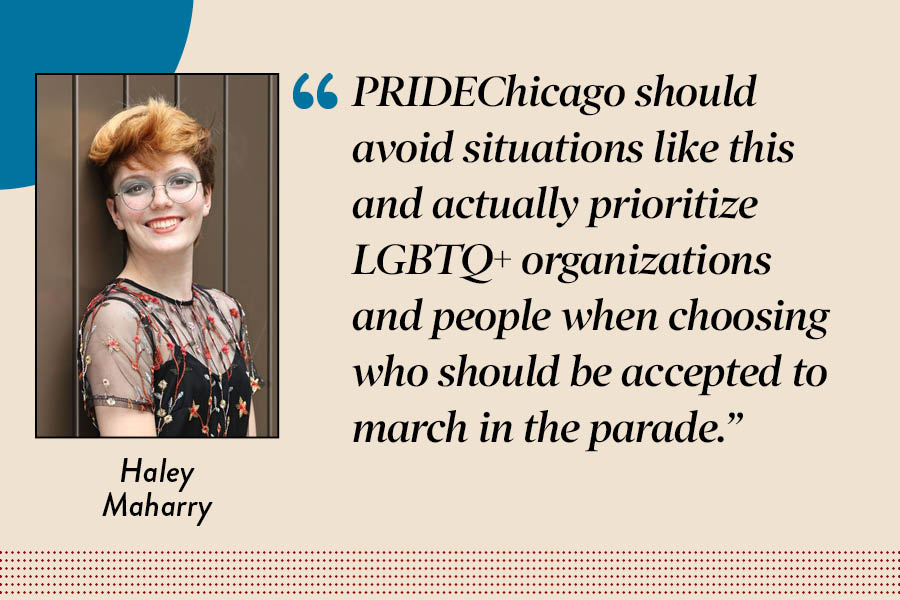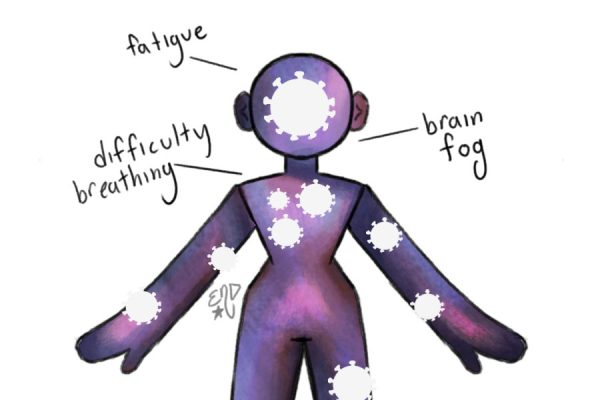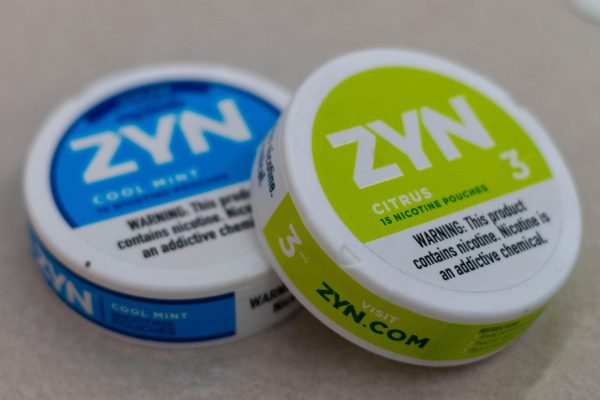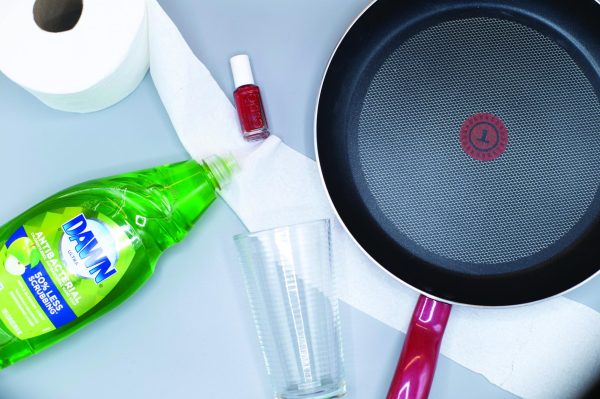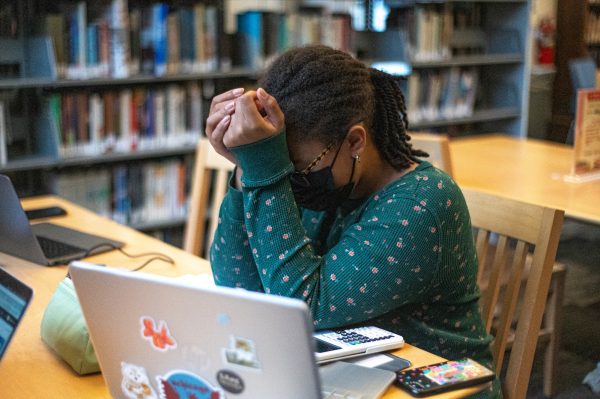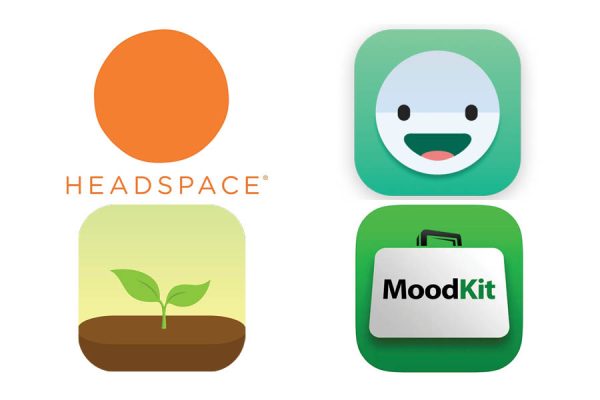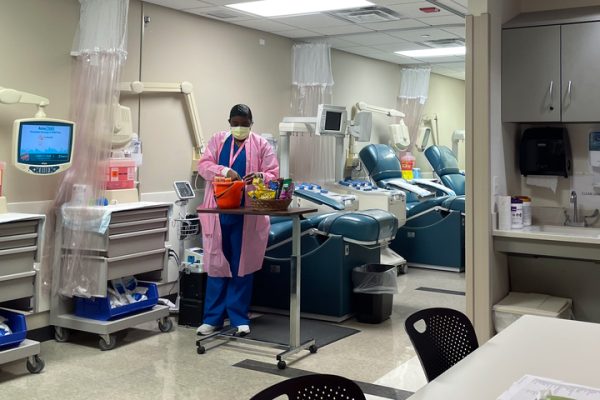Teen screen use skyrockets in 2021, survey says
Entertainment media screen use rises past 8 hours
A student views the Screen Time iPhone feature, which shows that they spent nearly nine hours on their phone in one day.
May 9, 2022
Could you live without social media? A recent national survey of teen media use shows that screen use among teens has drastically increased in the past three years. Nearly one in three teens say they would not want to live without YouTube, one in five would not want to live without Snapchat and more than one in eight would not want to live without TikTok.
The 2021 survey, Common Sense Census: Media Use by Tweens and Teens, examined changes in screen media use among young people during the coronavirus pandemic, showing that screen time for entertainment grew by 17% during the pandemic years to more than 8 1/2 hours daily.
The accounts of U-High students have aligned with this data, but they have also had their share of unique experiences with screens during the pandemic.
The Common Sense Census, a probability-based online survey of 1,306 8- to 18-year-olds in the United States, was conducted from Sept. 29 to Oct. 25, 2021. The survey compared the 2021 results to a baseline survey conducted in spring 2019.
I was just on a screen the entire day, whether it was homework or playing games.
— Aditya Gupta
Survey data showed that from 2015 to 2019, screen media use for teens increased by 11%, but from 2019 to 2021 alone, media use grew by 17% for teens. Furthermore, the report stated that in 2015, teens were shown to spend a total of 6 hours and 40 minutes a day using screens for entertainment. That number increased to 7 hours and 22 minutes in 2019 and 8 hours and 39 minutes in 2021. Between 2019 and 2021, the biggest increases were in time spent watching online videos (up 23 minutes a day), using social media (up 17 minutes a day), and browsing websites (up 14 minutes a day).
Sophomore Aditya Gupta says he spends at least three hours on a screen at school and when he gets home he spends most of his time on a screen, making his daily average total about 11 hours.
“I did very little extracurriculars during the pandemic because none were really available, so I was just on a screen the entire day, whether it was homework or playing games,” Aditya said. “Also, during school I was on a screen the entire day because of e-learning.”
Frederick Pytel, junior, said that his experience in the pandemic also increased his screen use, but he has been able to monitor it more since then.
“During the beginning of COVID I was doing worse with screens, but right now I’m pretty happy with the way I’m doing it now,” Frederick said. “With sports, I feel like I don’t have too much time to be on my screens messing around and still get my homework done.”
William Montague, junior, said he tracks his screen time in the settings of his phone and is satisfied with how much time he spends on it. However, he said he wanted to spend less time on his computer, which is more difficult to monitor.
The survey also noted differences in data along racial, economic, and gender divides. It states that screen use is the highest among middle class ($35,000 to $99,000 per year households). It was also higher among boys by about an hour, and proportionally higher among Hispanic/Latino teens that were surveyed compared to other groups.
The survey also showed that, while more media was consumed overall, the type of media that did not increase in usage was reading.
Junior Amelia Cifu said her screen time use did not increase very much during the pandemic.
“I do wish I could moderate my screen use a bit more,” Amelia said, “but I don’t think I spend way too much time on screens.”
Among other survey findings, while 62% of teens engage with social media every day, only 34% say they enjoy it a lot. Nearly half (46%) of all 13- to 18-year-olds have listened to podcasts, and one in five say they do so at least once a week.



